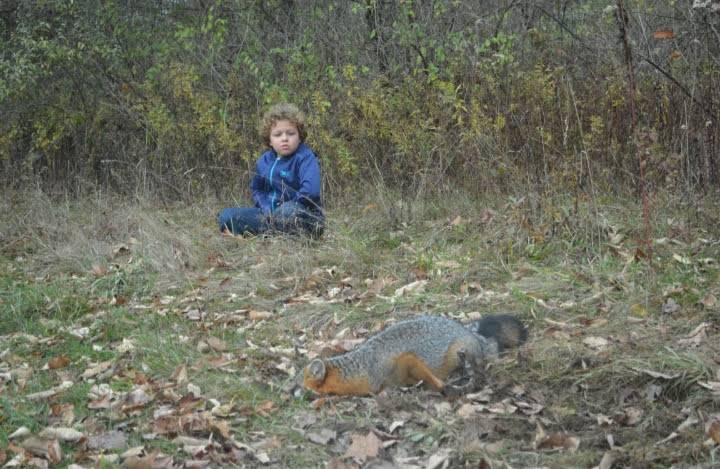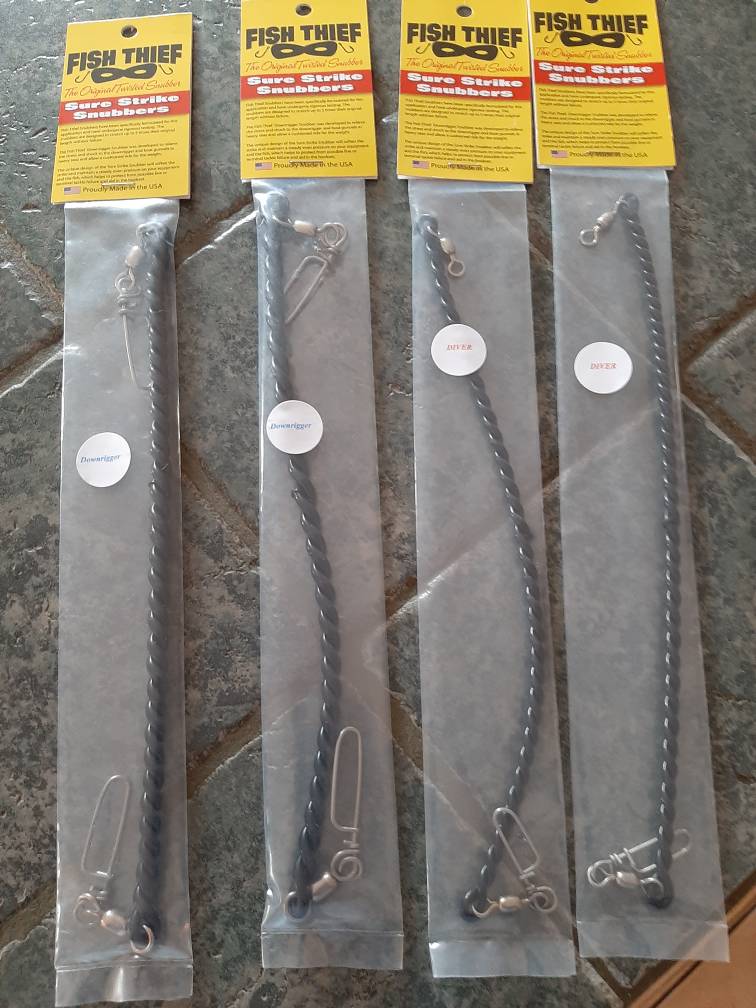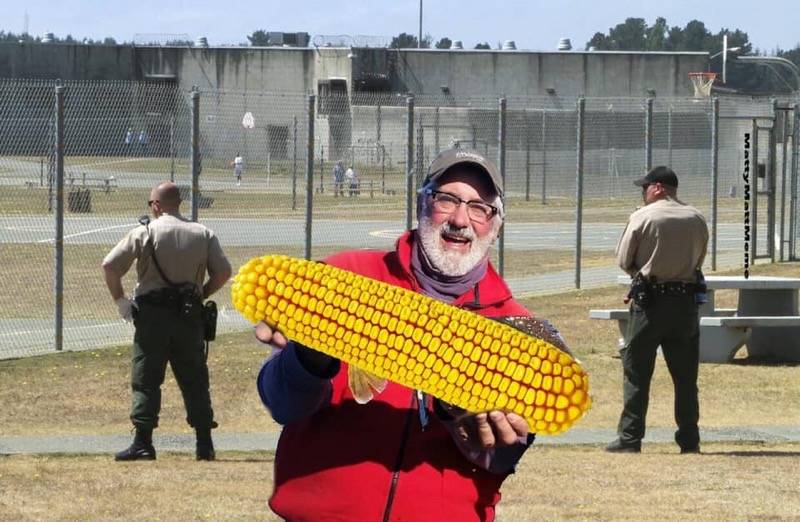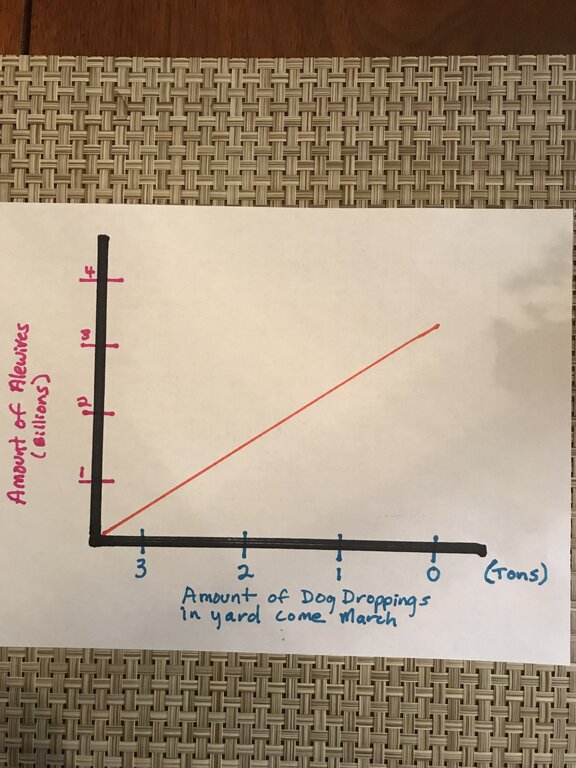

jimski2
Members-
Posts
3,145 -
Joined
-
Last visited
Content Type
Profiles
Forums
Events
Gallery
Store
Everything posted by jimski2
-
The Chinese virus has caused a shortage of North Pacific fish as most of the seafood is processed in China although they are caught in USA's waters. Marine shipping and airline freighters are not serving Chinese ports so the supply lines are broken.
-
Commercial trollers in the North Pacific Stack a dozen clip on lines to their downrigger cannonballs cable. As their cables come up they hand line the fish in. This can be viewed on YouTube.
-
Outboard engine sales are booming because they do not freeze in cold weather when they are self draining. Also the fire safety and gasoline explosion factor is lessened. Four stroke and fuel injection operations have improved mileage rates. Mercury outboards opened a new factory to keep up the demand for their engines. Watch the Lewiston boat ramp in the winter and see how the outboards deal with freezing weather operations. Inboard engines have engine block drains along with exhaust manifolds to be drained.
-
If you want to give your guests a thrill seeker type ride, they will have it. Remember going up there against all the current you will burn a lot of fuel. Make sure you have plenty of fuel as you also burn up even more picking up and starting a new drift.
-
Go to Boatnerd.com, News Channel for great Lakes water and ice conditions.
-
Lake Erie has minimal ice formation this season. The ice pack that forms each spring as the southwest prevailing winds builds up from Ohio waters is not going to happen now. The ice cold waters will not flow down the Niagara River and the Welland canal system waters will not be happening. so the Bar and near shore fishing will start shortly. Get your boat ready now. Just my prediction, what is yours?
-
A successful group of "old timers" would meet to talk and fish together of fishing. Their number one rule was to say nothing to anyone outside of the group. Never share anything. Rule number two was you could only drink at one tavern as under the influence of alcohol you talk too much. There you go.
-

Are hunting and fishing truly on the way out?
jimski2 replied to Sk8man's topic in Open Lake Discussion
-

Starcraft Fishmaster 196 or Starweld 20 pro?
jimski2 replied to BocceNation's topic in Open Lake Discussion
-
https://www.mlive.com/weather/2020/02/rivers-have-poured-a-years-worth-of-water-into-some-great-lakes-in-just-4-months.html
-

Are hunting and fishing truly on the way out?
jimski2 replied to Sk8man's topic in Open Lake Discussion
We hunted the Wilson, NY area for pheasants with a normal flushing of 200 pheasants. The Seaway opened and the bird count dropped to seventy five flushes. The next year the count dropped to twelve. Hay mowing had nothing to do with it, the winter feed grain loss along the railroad tracks was it. Buffalo, NY had a ship call every hour and the grain was shipped to the Atlantic coast on box cars that dripped grain along the upstate railroad right of way which were the feed source for pheasants year round. Today grain is shipped in covered sealed hopper cars that do not leak. Buffalo, NY is lucky to have one ship a week call and the grain is used by General Mills to make cereal such as Cheerios. The Archer Daniels, Pillsbury, mill has its grain delivered in covered sealed hopper cars. As a youth I hunted the Tifft Farm rail yard area and flushed pheasants with flocks by the hundreds. -
There are too many teievised fishing shows on TV today.
-
When the high ocean waters flood the New York City subway systems, then global climate change will wake people up.
-

Are hunting and fishing truly on the way out?
jimski2 replied to Sk8man's topic in Open Lake Discussion
Contact time with a child and parent has diminished since automobile/boat contact time when commuting with the child in not taking to hunting/fishing activities. No wonder the child is lost with his video foolishness as the parent can not communicate to his child any knowledge of the real world. School teachers have the contact time but real world education is lost as they are instructed to instruct subjects according to foolishness that wastes their time. -
-
My four cats which I inherited use a plastic bag daily for their waste. Now I will have to purchase them. Just a cost of living increase for those living here in New York State, thank you do gooders. But the amount of plastics with the goods in the supermarkets surpass in one week a year the amount of plastics I take home. The liquid containers are examples of how the petroleum chemical industries outweigh the plastic bag issue. THE DO GOODER GREENIES missed the mark on this one. Walk the aisles and you see what I mean.
-
Weak wiring to the radio is the cause of a poor transmission signal. You must use 8 gauge wiring, both positive and negative polarity, to power your radio for full 25 watt output.
-

Are hunting and fishing truly on the way out?
jimski2 replied to Sk8man's topic in Open Lake Discussion
The Seaway destroyed pheasant hunting in New York State as the trains leaking grain along the railroad tracks disappeared with their winter food stocks. The anti fur people destroyed the fur market so trapping ceased to exist and the fox and coyote populations improved. All the "cityits" built homes with a 1,000 yard no shooting allowed around them in rural areas. Parents have failed to instruct their children in fish and game processing so they had no want to hunt and fish, These are some of our reasons for the decline in outdoor sports. -
Hunting is supposed to control the numbers of deer in the state. Hunters themselves propose regulations that have failed to do this. Automobiles now kill too many deer from privately operated property and suburban homes where shooting is prohibited. Sent from my iPhone using Lake Ontario United mobile app
-
-
Before a new hatchery, why not consider increasing production of our existing facilities if we need more production.
-
Wisconsin has a good brown trout program. After spawning in the fall, they are available near shore all winter long. Salmon are done after spawning. The browns keep getting larger for next year. They are not pelagic and orient to the bottom near shore later in the year. You do not have to travel to deep water in the summer. Just find the thermocline and bottom structure meet and troll there with smaller spoons. Off four mile creek in 55 foot of water on the bottom there, I took two sixteen pound browns with six pound test mono[emoji4]. A great battle a mile off shore. Sent from my iPhone using Lake Ontario United mobile app
-
-

Nissan Frontier crew cab with 4.0 L V-6
jimski2 replied to Hawkeye50's topic in Open Lake Discussion
When towing your boat it is very important to monitor your transmission temperature, especially going up hill or thruway speeds. Oil breaks down quickly at 180 degrees. Nascar teams change their rear end and transmision fluids daily. Your brake fluids deteriorate quickly when the rotors glow red so be careful with extreme braking use. -
1/27 - Draining the 43-kilometre Welland Canal is an annual process that is essential for winter maintenance and to inspect the canal's infrastructure. Staff of the non-profit St. Lawrence Seaway Management Corp., including mechanical supervisor Alan Noble, tech co-ordinator-HV power Joel Minor and maintenance manager Jim Wheeler, took The Lake Report on a tour last week to explain behind-the-scenes work when the canal closes for the shipping season. The canal typically closes by Dec. 31 but, as part of a pilot program, the season was extended to allow the canal to run for an extra week. Closer to the end of December, the ice starts to form on the Great Lakes and it ends up in the canal. Thanks to warmer weather this year, the experiment was deemed successful, Wheeler said. “If we do have ice on the lock and we drain, we have to go slower because all of that ice just drops down, so you have to be careful,” Noble added. “And you have to flush down the ice at the same time as you’re draining. This is the perfect year to do it: there’s no ice, it’s warm, no issues, all equipment is working. It’s fantastic, perfect conditions.” Part of the St. Lawrence Seaway and Great Lakes Waterway, the canal is used by ships to bypass Niagara Falls. The canal is 9.1 metres deep over the sill and 8.2 metres deep in channels. There are eight locks connecting the canal from Lake Erie to Lake Ontario. Each of seven lifts locks has an average lift of 14.2 metres, while Lock 8 at Lake Erie is a control lock with a shallow lift ranging from 0.3 to 1.2 metres. The locks, from breast wall to gate fender, are 24.4 metres wide and 233.5 metres long. Some of the biggest repair work taking place now includes major maintenance at the valves, gates and flight locks. Another major job will be replacing sliding walls that ships rub along to direct themselves into the lock. The $12-million project is scheduled to start this year but due to how big the project is, it will be completed over two years, Wheeler said. “Throughout the year we just maintain all that stuff. During navigation, we have maintenance programs set up … to make sure everything keeps running the way it was supposed to run,” Noble said. If a piece of equipment stops working during the navigation season and if it can’t be repaired, it will be shut down and isolated until winter maintenance begins, he added. The not-so-big "medium" jobs involve redoing slider pads as well as gates' and valves' rehabilitation. One previous big project also included replacing tie-up walls and implementing hands-free mooring units that suck on to the ship and allow it to securely pass the canal from one lock to another, without requiring staff to manually tie them up. “Now, 90 to 95 per cent of our ships use hands-free mooring, so it is very eerie. You can come in and the ships are going through and there isn’t a single person on the lock,” Wheeler said. “Everything is operated remotely.” The decommissioning process starts after the last ship, which is usually a Coast Guard boat that lands and secures buoys, enters the canal. The dewatering team then follows the ship either upbound to Lake Erie or downbound heading to Lake Ontario and starts the draining process. As the vessel leaves each lock, the valves and gates at that lock are then electrically shut off. “Everything from here just goes down to Lake Ontario,” said Noble. The canal is drained from Lock 7 up to Lock 1 at Lakeshore Road. The channel, from Lock 7 leading up to Lock 8 at Lake Erie, doesn’t have any operating equipment, so that portion isn’t drained, said Wheeler. The city of St. Catharines and Ontario Power Generation also draw some water off from the channel. This year, there were two ships travelling in opposite directions along the canal, so the team waited until the last ship crossed Lock 7 before starting the process, said Noble. There are large waterways between certain locks that are called a “reach.” The reaches act as a buffer to allow the water in the canal to raise and lower ships. These reaches are drained through the locks at the end of navigation season and then filled again when the shipping season starts again in March. The ideal rate of draining is two and a half to three inches per hour. If the water is lowered faster, it may cause channel banks to slide or collapse. A fast drainage can also create an air bubble that will reach the charge valves, about 24 metres down, which will then come up all the way up the valve house, create blowback and move the steel roof weighing from six to eight tonnes. It’s been decided to leave water in reach 2 between the Carlton and Queenston bridges this time around because there’s not a lot of work going on in this area and it will be used to generate power, said Noble. The funding for major projects, ranging from $30 million to $50 million, comes from Transport Canada. The budget for smaller jobs, about $5.2 million, comes from tolls that the St. Lawrence Seaway Corp. collects from ships, Wheeler told The Lake Report. “It’s based on a five-year plan, so some years we’ll spend more, some years we’ll spend less,” he said. “But it has to equal the total we’re allowed to spend over five years.” It takes only two people (Noble and Minor) to oversee the massive draining process, thanks to the equipment modernization and upgrades. “We used to do it with five or six people, but you also need to have people at the locks to do water watches to make sure the water is going down,” Noble explained. “Now, we have remote sensors and you’re able to calibrate a lot finer. So, once you set it up, it’s good to go.” The rewatering process – refilling the canal for the shipping season – starts at Lock 7 in March and takes about three days. “With filling, you got to be a more precise and when we’re filling since there are such major works happening at the locks, some of it gets behind schedule and you have to work around their schedule,” Noble said. The shipping season is usually celebrated by a ceremony at which the captain of the first ship to enter the canal receives a top hat. It is “a rare occurrence” a vehicle or a body are found in the canal, but these situations do happen during draining, said Alvina Ghirardi, manager of regional services and marine facilities for the seaway corporation. “A primary reason is that many years ago vehicles were able to freely access tie-up walls and, for example, stolen vehicles would be found during draining the canal,” she said in an email. “Since then, tie-up walls have been fenced and access is restricted, this has eliminated those draining discoveries.” If a vehicle ends up in the canal, seaway authorities are always involved in its removal, providing safe entry into water and land to Niagara Regional Police and towing companies. Police divers are also involved to identify the vehicle or to recover a body, Ghirardi said. Just this week, a vehicle landed in the canal in St. Catharines. Police said it was carrying six people when it hit a tree and ended up in the drained canal. The vehicle was a write-off, police said. Niagara Now





